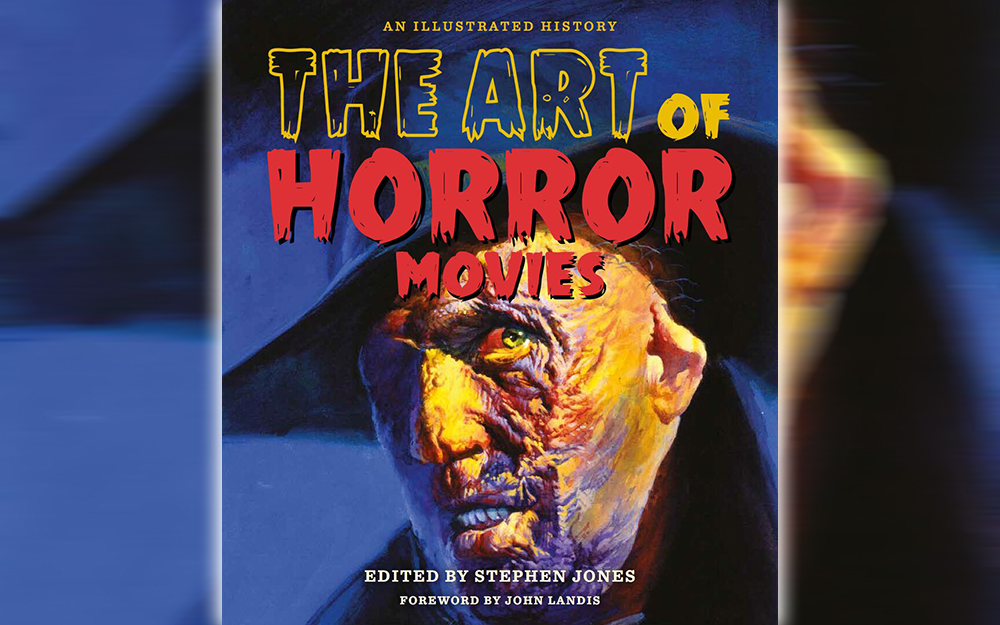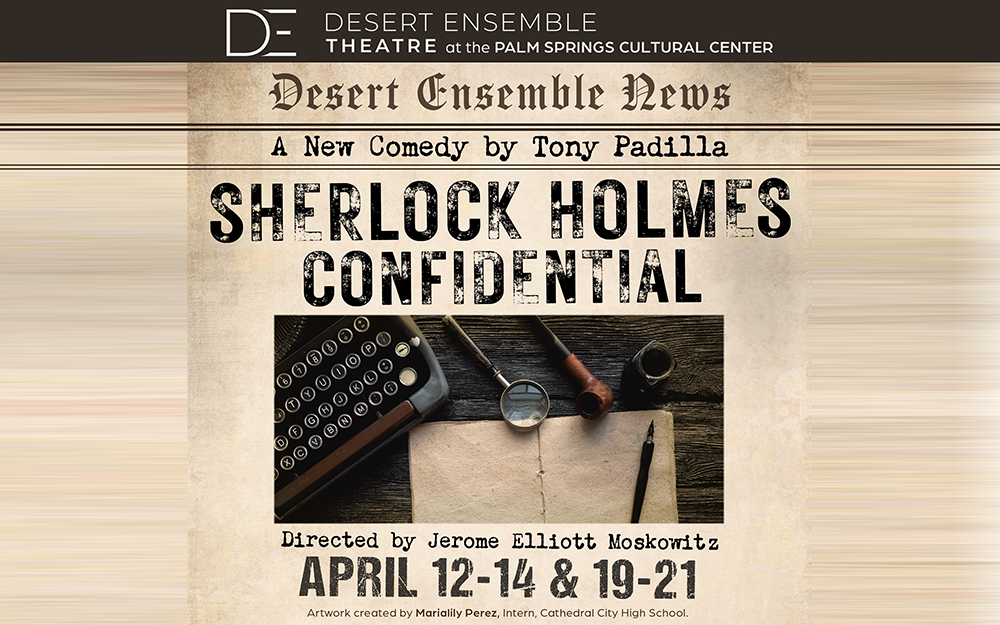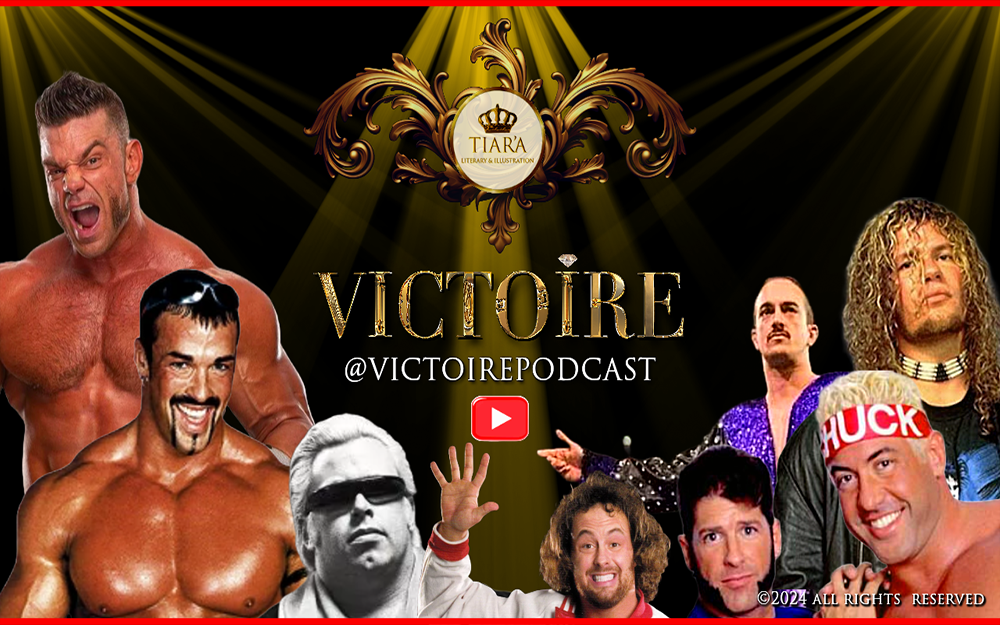
by Heidi Simmons
—–
The Art of Horror Movies
Nonfiction
—–
Ask someone what his or her favorite movie is and it may take a moment for him or her to respond. Ask what the scariest film they ever saw, and the answer comes quickly. Somehow horror movies have a way of imprinting on the nervous system and make an impression that we just cannot shake.
Why we subject ourselves to big screen horror is a mystery to me. Catharsis, release, adrenaline, to face our fears or test our bravery, or just to get close to someone who will hide their head on your chest, horror movies have a place in our hearts that is not always easy to understand.
“The Art of Horror Movies: An Illustrated History” edited by Stephen Jones (Applause Theatre & Cinema Books, 256 pages) explores the evolution of the genre from the start of the cinematic industry.
This oversized, hardcover book features hundreds of glossy reproduced prints, movie posters, promo materials and original artwork from over fifty artists. Each picture includes a short but detailed description adding to the overall joy and discovery of films that still haunt today.
Stephen Jones, who has authored and edited more than 140 books, distills the history with the help of nine other writers and horror history buffs. Jones is a world expert on the subjects of horror fiction and film, and is the winner of multiple awards including the prestigious World Fantasy Award and Bram Stoker Award. Jones is a recipient of the Lifetime Achievement Award from the Horror Writers Association.
The forward is written by filmmaker John Landis whose “American Werewolf in London” is a modern cult classic. Landis emphasizes the power of movie art. He emphasizes the importance of the image on the poster and how it must not only inform, but entice.
The book is broken down into decades starting with the silent film era and German Impressionism. It moves through the decades with clever chapter titles that help define the age.
Nearly every page has a display of related, fantastic images. The writing is concise and informative.
I found “The Art of Horror Movies” to be an unexpected and exciting surprise. This book does a wonderful job delivering not only the history of horror films and its art, but also the art of filmmaking and storytelling.
As the horror film decades move forward, the text and subtext reveal the zeitgeist at the time, a global history, the joy or suffering of the world and the impact on filmgoers and their shared fears and desires.
This book made me wonder if culture, whatever the time period, is what shaped the movie genre. Are horror films a reflection of our collective reality?
At first glance, the title would seem to be only about the incredible artwork of horror films. But, that is not the case. Although the book is cover-to-cover amazing art, it is really about the history of horror films.
Seeing this book as an art collection alone is easy to do when even Landis’ forward only acknowledges the importance of the horror genre’s poster art.
Poster art aficionados may not completely appreciate the “fan” art that also adorns the pages. But, I found the artists, with the professional digital art, to be an important expression and tremendous edition to the unfolding history. The work proves how impactful and lasting the horror genre is.
As I read through the years and art descriptions, most of all the movies that made a lasting impression on me were included, even television’s classic “The Night Stalker” and “Trilogy of Terror.”
I was disappointed to not find 1979’s “The Amityville Horror.” Every time I see a digital clock read 3:33, I get a flashback. Am I alone in this? I bet not.
The other thing missing in this book, for me, is an afterword from Jones. I wanted him to define the genre in today’s terms and deliver a summation on why horror films matter, and explain why they continue to be significant box office draws.
“The Art of Horror Movies” includes a terrific index (something I always appreciate in nonfiction books), and a complete list of all those who contributed along with a short biography, which is a great way to get more familiar with the artists and writers.
From Georges Méliès to Guillermo del Toro, this book provides an engaging way to appreciate and learn more about a persistent and important film genre.
The Coachella Valley is home to film buffs and filmmakers. The City of Palms Springs is and has been a refuge and playground for Hollywood industry talent since its very start. Throughout “The Art of Horror Movies” there are many names who have made the valley their home or getaway. Perhaps the sunshine was a way to shake off the darkness.








































